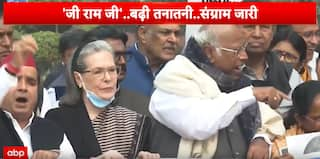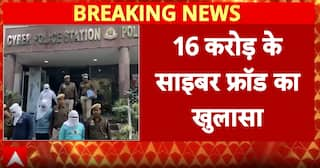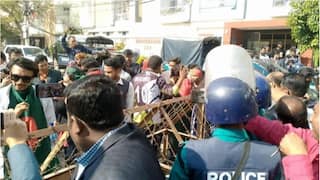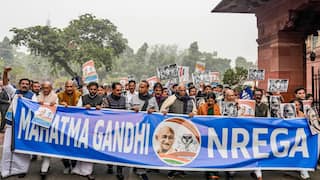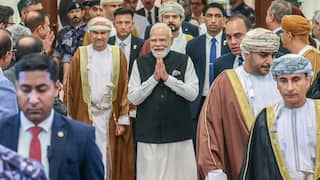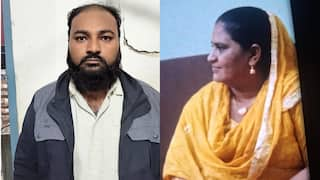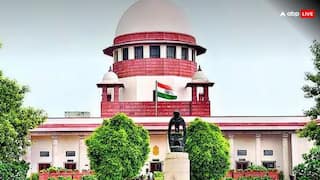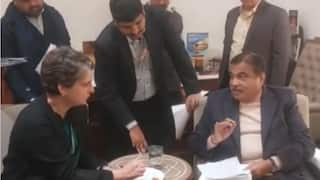Parakram Diwas 2023: Unfurling The Story Of Netaji Subhas Chandra Bose's 'Great Escape' On His 126th Birth Anniversary
Netaji escaped on the night of January 16 - 17, 1941 with the help of his nephew Sisir Kumar Bose and Miyan Akbar Shah.

New Delhi: Netaji Subhas Chandra Bose was a unique phenomenon of twentieth-century India in his whole personality- in the physical and mental constitution, in manner and lifestyle and in ideology and action replete with drama and daring. He was an Indian nationalist whose resistance to British rule in India made him a national hero.
Netaji was not only a revolutionary, but he also knew how to defeat the British in their own game. Fearing this, the British imprisoned Netaji in Calcutta and this is where the story of his 'Great Escape' begins, as shared to ABP Live by Prof. Sugato Bose, who is the son of Netaji's nephew Sisir Kumar Bose.
The Story Of The Great Escape:
Netaji was a prisoner in Presidency jail. While in jail, he went on a hunger strike and had said, "Release me or I shall refuse to live." He had also written a beautiful letter in which he said, "An individual must die so that the nation may live. Today I must die so that India may win freedom and glory." But, the British did not want him to die on their hands and so they decided to let him out.
After his hunger strike, they sent him home on a stretcher which was at 238/2 Elgin Road. Actually, the British had decided to play a sort of "cat and mouse policy" with him and that, he would be rearrested as soon as he recovered. So, to keep a watch over him, there were at least 14 intelligence agents inside the house. They took notice of each and everything that he did, to the extent of even knowing what kind of soup he was having for dinner, but despite such strict monitoring, they could not figure out his plans.
Additionally, there were also guards outside the house, particularly on the corners of Elgin Road and Woodburn Road from where they could keep a watch on both houses.
On reaching home, Netaji was taken into his bedroom where he asked his nephew Sisir Kumar Bose, who was just a 20-year-old medical student back then, to come. He made him sit on his bed, to his right and asked him a searching question, "Aamar ekta kaaj korte paarbe? (Will you be able to do some work for me?)"
And, the work was none other than to plan and execute his escape from that house, which happened between January 16 and 17, 1941.
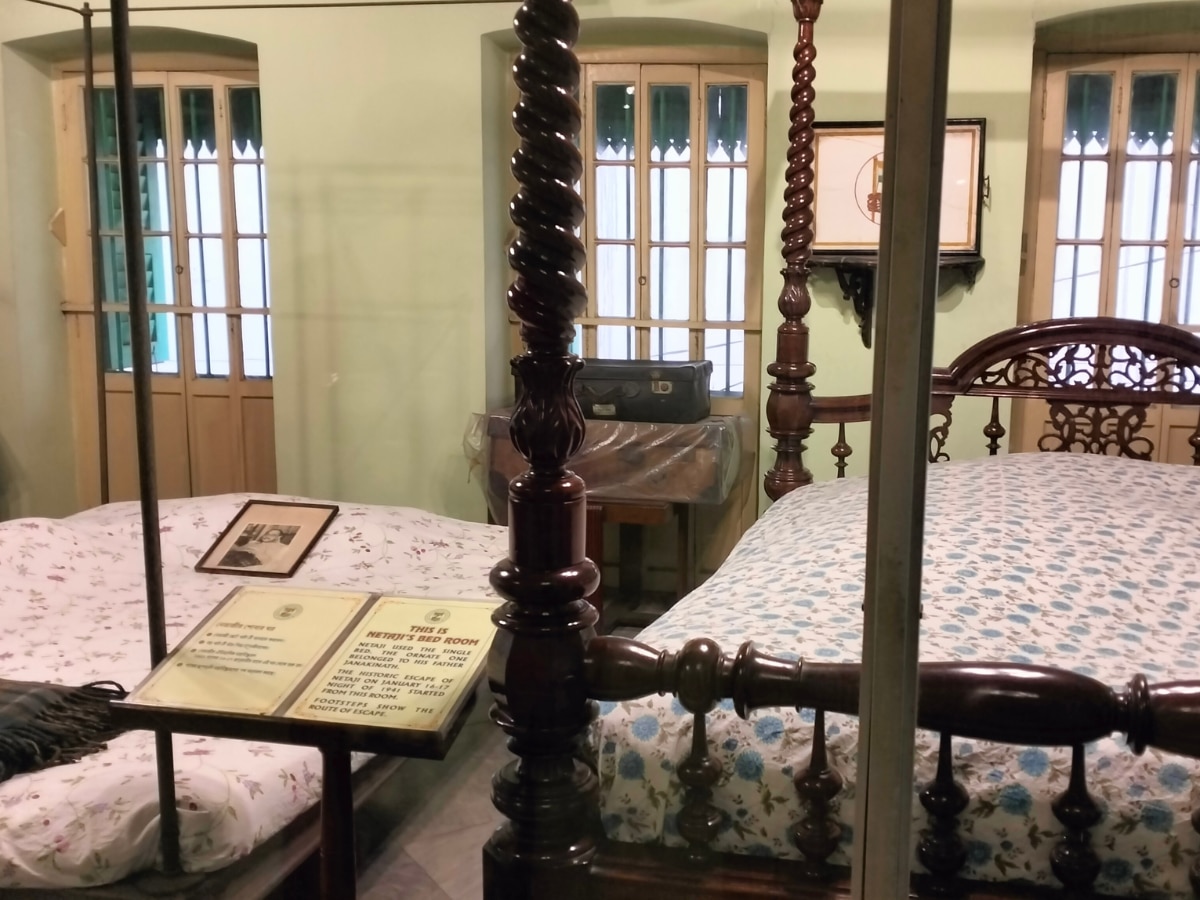
Miyan Akbar Shah came from Peshawar. He, along with Sisir Kumar Bose went shopping at Dharmatala for Netaji's disguise as Mohammad Ziauddin. The plan was to dress him up as a North Indian Muslim insurance agent, travelling around for business. After the shopping, Akbar Shah left for Peshawar on the same day.
Sisir Bose reached him up to Gomoh and then Netaji was alone as he travelled from Gomoh to Delhi and then from Delhi to Peshawar. There he kept the same name while he made his way to Kabul in disguise as a Pathan. But, the problem was that he did not know Pashtu. So, he pretended to be deaf and mute.
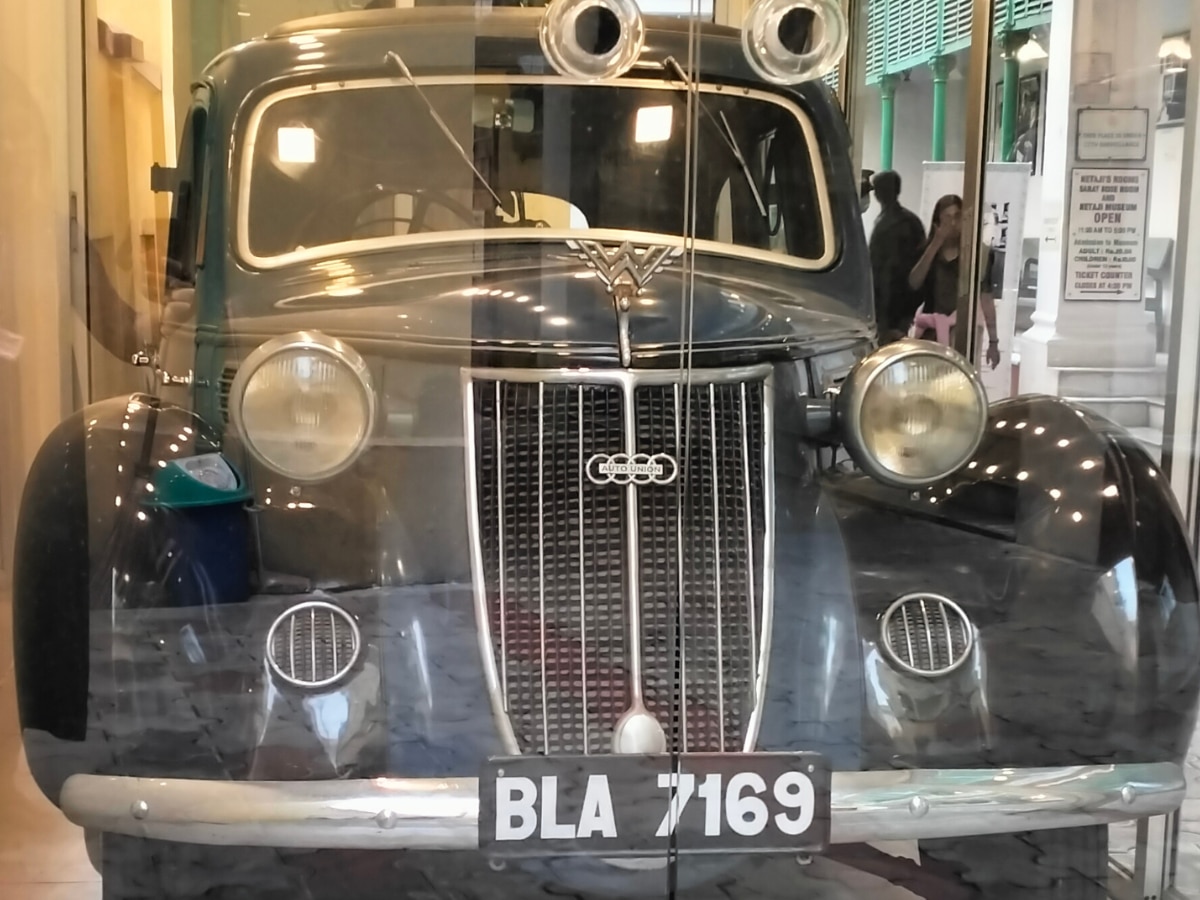
In Kabul, Netaji disguised himself as an Italian diplomatic courier, and the soviet union gave him a transit visa. Following this, with the help of the Italians, he made his journey to Europe.
"Sisir Bose and Akbar Shah were the two architects of the great escape in Calcutta and Peshawar respectively. But, because of the partition, the two could not meet later on.", recalled Prof. Sugato Bose in his interview with ABP Live. He further said, "My father kept inviting him from 1960 onwards and he would set out but, unfortunately, could not cross the partition line drawn by Radcliffe."
Later, when Prof. Sugato Bose was a student of St. Catherine's College, University of Cambridge in 1983, he found out that Miyan Akbar Shah's son was a doctor in Walsall near Birmingham.
Recalling the incident, he told ABP Live, "When my parents came, I drove them from Cambridge to Walsall where Sisir Kumar Bose and Miyan Akbar Shah had an emotional reunion, more than four decades after they had last met while planning Netaji's great escape."












